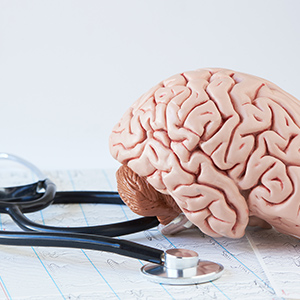How Brain Tuning Works
SOLVING PROBLEMS
When it comes to solving complex symptoms in the brain, good tools make all the difference.
Deep brain (LORETA) neurofeedback is the most flexible and precise brain training tool available. A better tool means the training is more specific to your goals, requiring fewer sessions.
Highly experienced clinicians use this method of neurofeedback in their clinics, and that is why we use it in ours.
SESSIONS
Sessions are scheduled one-to-one with Dr. Bright, a highly skilled neurofeedback professional. In each training session, a “cap” is place on the head with gel applied to 22 sensors.
WHAT IS QEEG (Brain-Map)?
A QEEG is a picture of your brain activity. It is our method to see your inner regulation and performance.
We use the QEEG to tailor your neurofeedback to your brain’s activity, your symptoms, and your goals. It adds accuracy to the process not possible a few years ago.
During your session, a new QEEG every 10 sessions allows adjusting training as your brain begins regulating more efficiently. After your sessions, a simple chart allows you to see your progress.
WHAT IS DEEP BRAIN NEUROFEEDBACK?
This is the easy name for “Brain Tune-up.” The technical name is QEEG guided LORETA Z-score NFB. We could say “Deep Brain neurofeedback” for short.
LORETA (LOW RESOLUTION ELECTROMAGNETIC TOMOGRAPHY)
Using 22 recording sensors, LORETA gives a real-time three dimensional image of your brain activity.
With LORETA we are now able to train deep brain areas; major brain highways, information flow, processing speed, and more. These are all crucial factors in optimum brain functioning.
In practice, this means that we can train all the brain areas regulating inefficiently related symptoms.
THE VALUE OF QEEG GUIDED LORETA Z-SCORE NEUROFEEDBACK
We identify the specific brain activities that relate to your symptoms (QEEG). Then we train that activity toward a more regulated and efficient brain state. Z-Score Neurofeedback meets the highest criteria for evidence-based neurofeedback practice. It has been cross-validated by both PET and MRI studies used by Universities, Medical Centers, the US military, Research Institutes, and in over 650 neurofeedback studies in professional journals.


